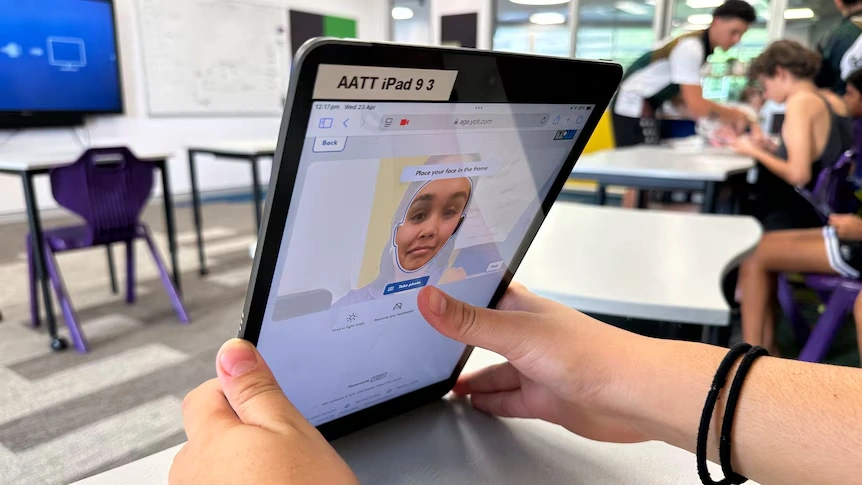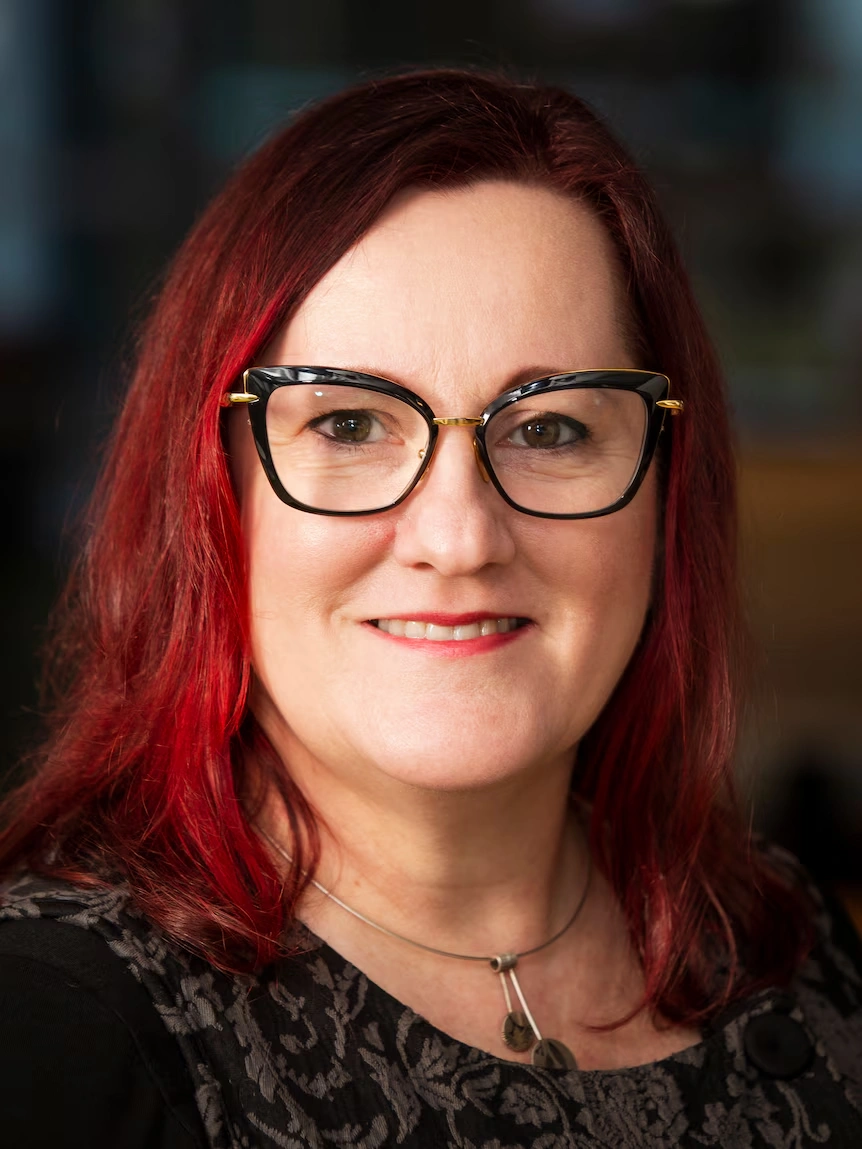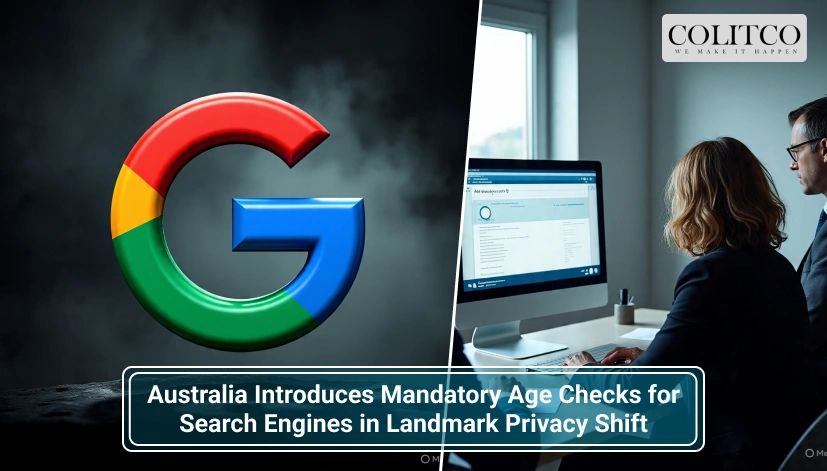New Online Safety Code Targets Logged-In Users
Australians will soon face mandatory age checks while using search engines like Google and Microsoft. From December 27, these platforms must verify the age of logged-in users or risk fines up to $50 million per breach. The eSafety Commissioner registered the new industry code in late June under the Online Safety Act. The code aims to limit access to harmful content such as pornography and violence for users under 18.

Mandatory age checks for search engines like Google and Microsoft in Australia
Significant Shift Goes Largely Unnoticed
Unlike the teen social media ban, this change occurred quietly with limited public awareness. Experts suggest that regulatory complexity contributed to its obscurity. The code forms part of a wider age-assurance framework expected to expand to other sectors. The rules target platforms where children may access unsafe content, with the government planning more comprehensive protections. Professor Lisa Given from RMIT noted, “I have not seen anything like this anywhere else in the world.”

Lisa Given, professor specialising in age-assurance technology at RMIT
Strict Compliance Demanded from Search Giants
Search engines dominate access to online information. Google holds over 90 per cent of the Australian market. The new code requires these platforms to apply one of seven verification methods to logged-in users.
There are seven main methods listed in the new regulations:
- Photo ID checks
- Face scanning age estimation tools
- Credit card checks
- Digital ID
- Vouching by the parent of a young person
- Using AI to guess a user’s age based on the data the company already has
- Relying on a third party that has already checked the user’s age
Industry Faces Enforcement Pressure
The eSafety Commissioner’s move enforces responsibility on search providers to filter adult content. For under-18 users, results will exclude material promoting eating disorders, high-impact violence and pornography. Violators face financial penalties. Communications Minister Annika Wells said, “This is a critical step in implementing the Online Safety Act to keep Australians, particularly young people, safer online.”
Concerns Raised Over Privacy and Effectiveness
Digital rights advocates have expressed alarm over the sudden implementation and potential privacy implications. Professor Given said many Australians would feel forced to comply due to platform reliance. “They’ve got [their search engine] linked with their Gmail and bookmarks,” she said. Lizzie O’Shea from Digital Rights Watch said, “We would argue that the public deserves more of a say in how to balance these important human rights issues.”
Challenges in Technical Accuracy and Evasion
The Electronic Frontiers Australia (EFA) group questioned the effectiveness of the chosen verification technologies. Chair John Pane said, “Some of those results have been pretty disheartening.” The EFA warned that teenagers could still bypass restrictions using VPNs. “If the ambition of the government is to prevent children from accessing pornography, they’re forgetting straight away the skills of these young people,” Mr Pane said.

Unlogged Users Still Access Filtered Content
Logged-out users will encounter reduced safety restrictions. Violent or pornographic images will be blurred, but links may still appear. Despite the regulatory move, users can access content without logging in. Mr Pane said the rule change was more “performative than it is effective.” He noted the frictionless nature of major platforms made compliance hard to resist. “It’s the progression of the loss of our right to be anonymous online,” he said.
Government Signals Broader Internet Regulation
The code for search engines is one of nine new industry rules the eSafety Commissioner will finalise this year. Draft versions for app stores, messaging apps, and adult content sites already include similar age-checking provisions. In May, the regulator rejected a code only once for being too lenient. This implies final approval of the others is likely.
Search Providers Yet to Reveal Strategy
Major platforms have not disclosed which verification methods they plan to implement. Experts believe big tech companies might rely on existing user data. Mr Pane said, “Google may be able to rely upon information that they hold to infer that you are over the age of 18.” He noted that companies possess vast stores of user behaviour data.
Also Read: Murujuga Rock Art in Western Australia Secures UNESCO World Heritage Status Amid Mining Threats
DIGI Supports Layered Safety Strategy
The Digital Industry Group Inc (DIGI), which represents platforms like Google, helped design the code. Policy director Jennifer Duxbury said the goal was to “introduce layers of protection… to reduce exposure of minors to age-inappropriate and harmful content across the digital ecosystem.” The code builds on the same framework driving the teen social media ban announced earlier.
A Turning Point for Online Anonymity
Experts agree the policy represents a watershed moment for online regulation in Australia. Professor Given said, “This is very much the new reality, and I think there are significant privacy concerns here.” She warned that age assurance might become a standard feature across the internet. Mr Pane added, “We would anticipate these mechanisms being deployed very broadly.”
Regulation Moves from Parliament to Practice
The industry-led code passed with little political fanfare. However, eSafety Commissioner Julie Inman Grant referenced the new age checks in a recent address. “These provisions will serve as a bulwark and operate in lock step with the new social media age limits,” she said. She described the plan as a layered approach, including device-level controls and app store restrictions.
Australia Leads Global Push on Online Safety
Australia now appears to lead the global shift toward mandatory online age assurance. Experts say similar policies could soon extend to all internet services. Whether these rules effectively protect children while respecting privacy rights remains under scrutiny.












